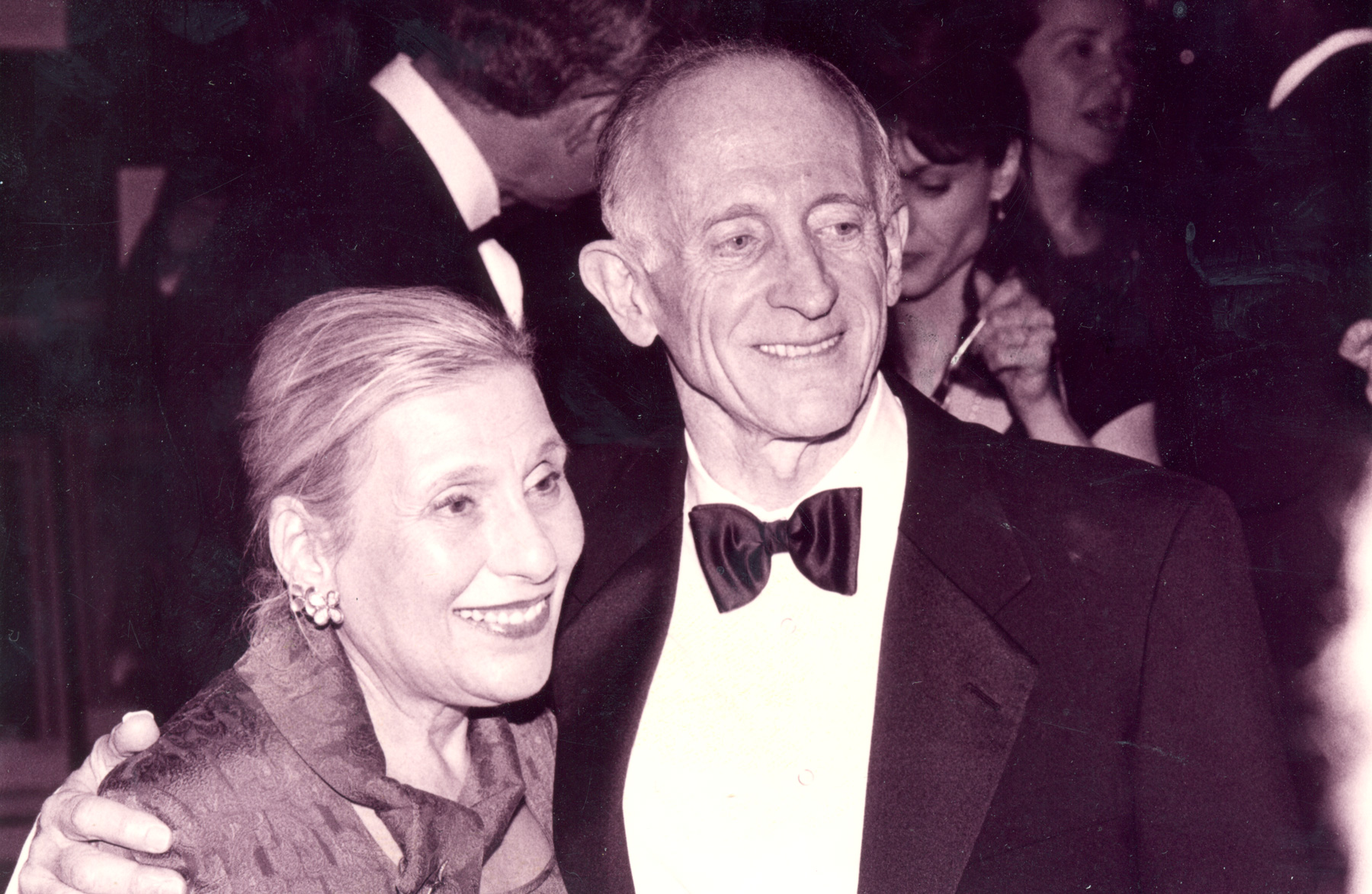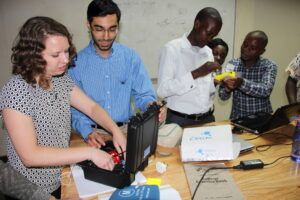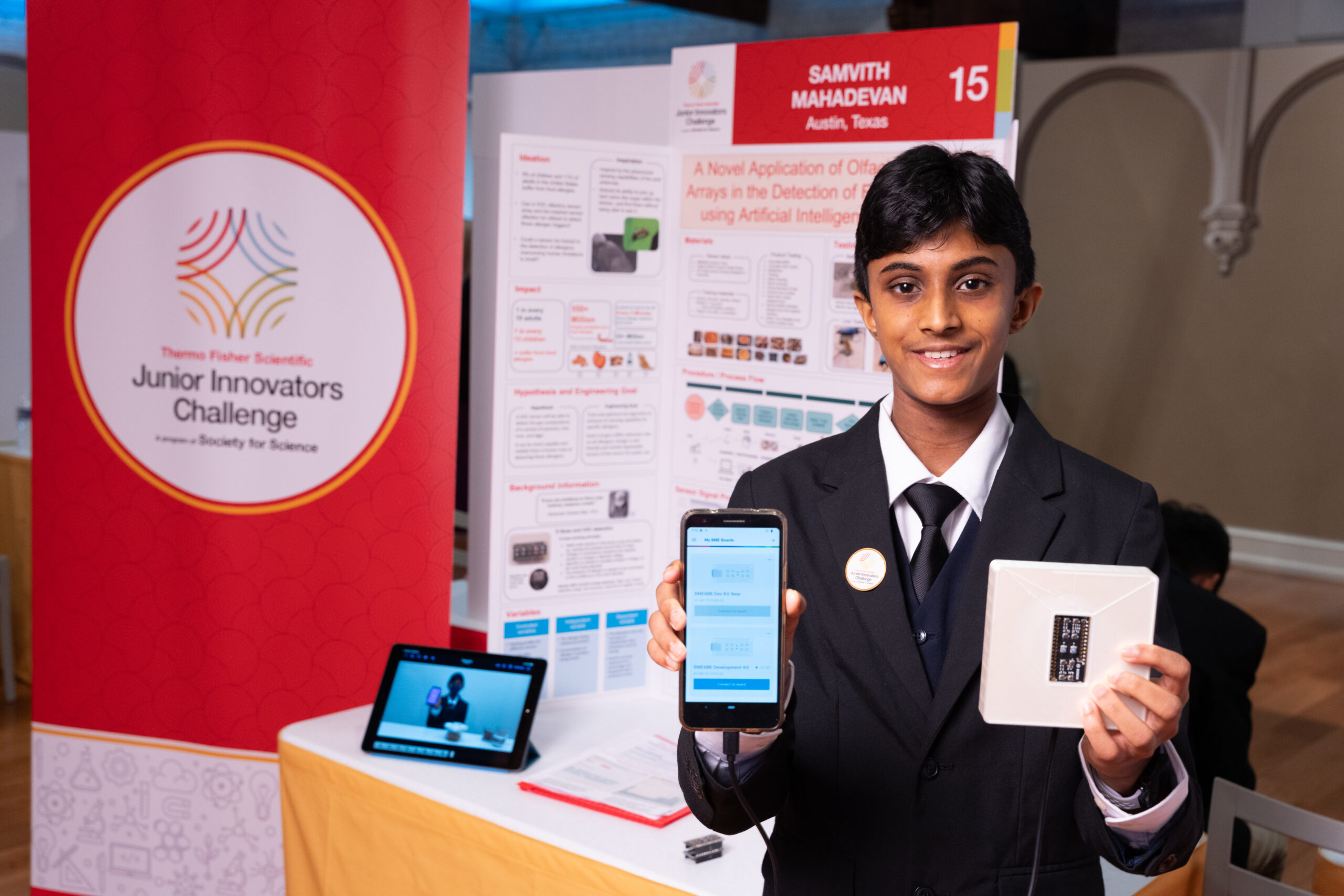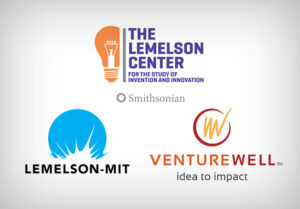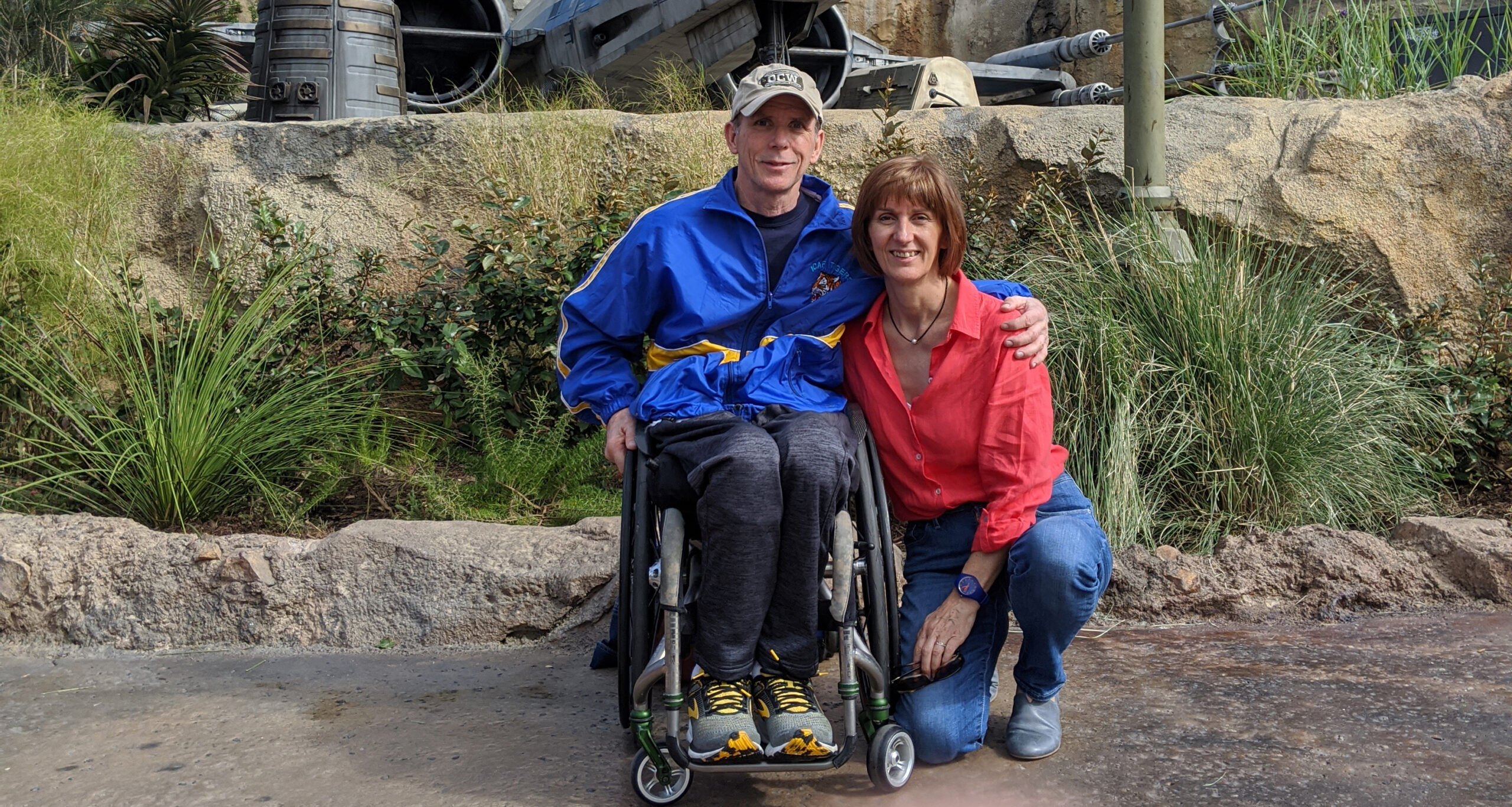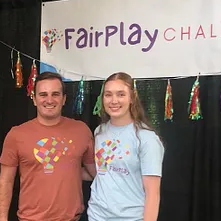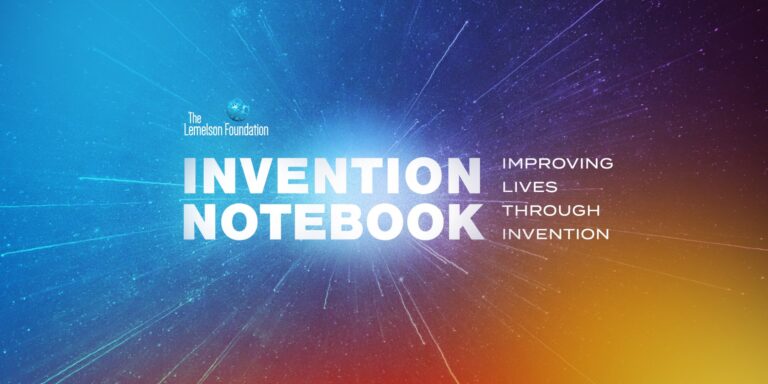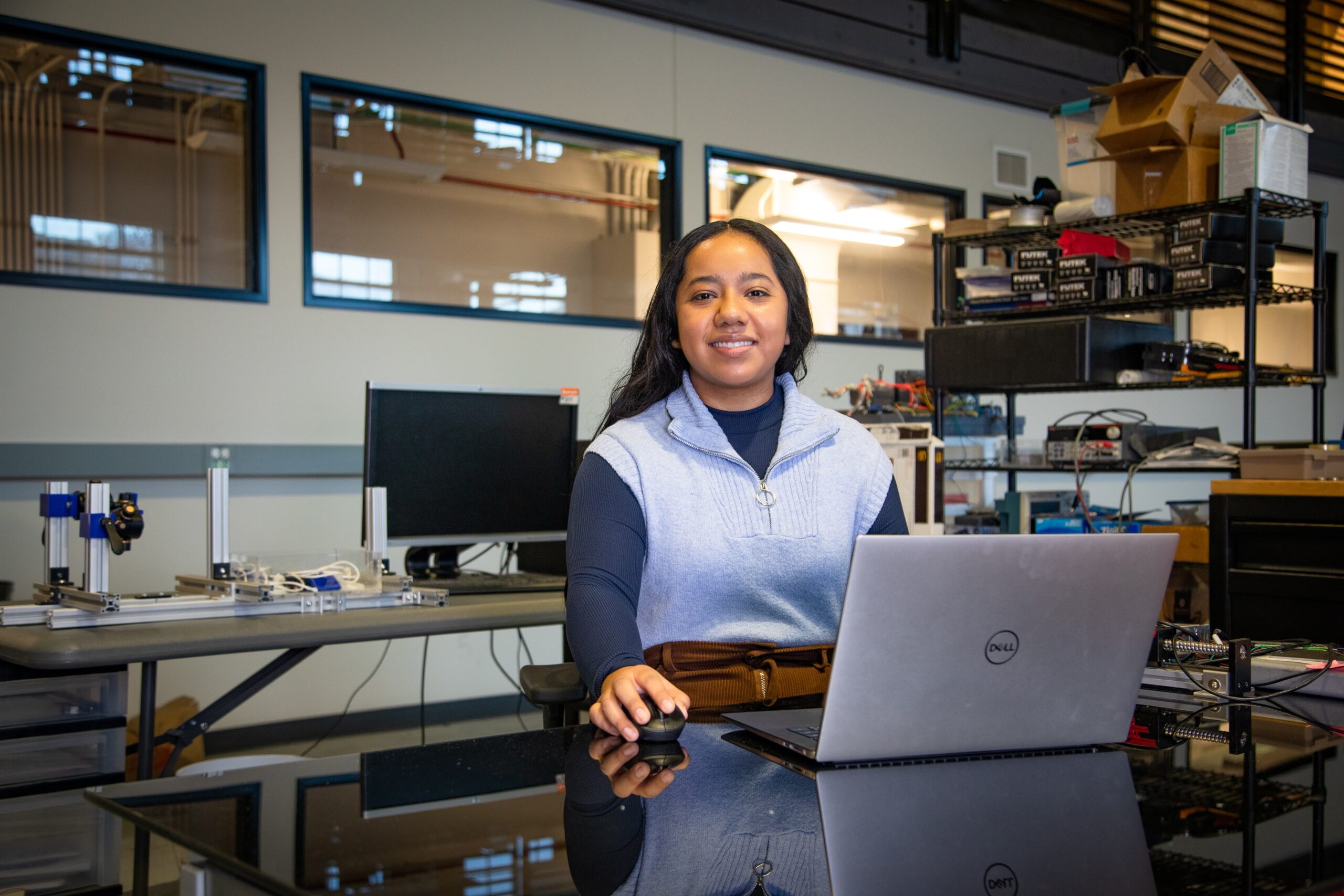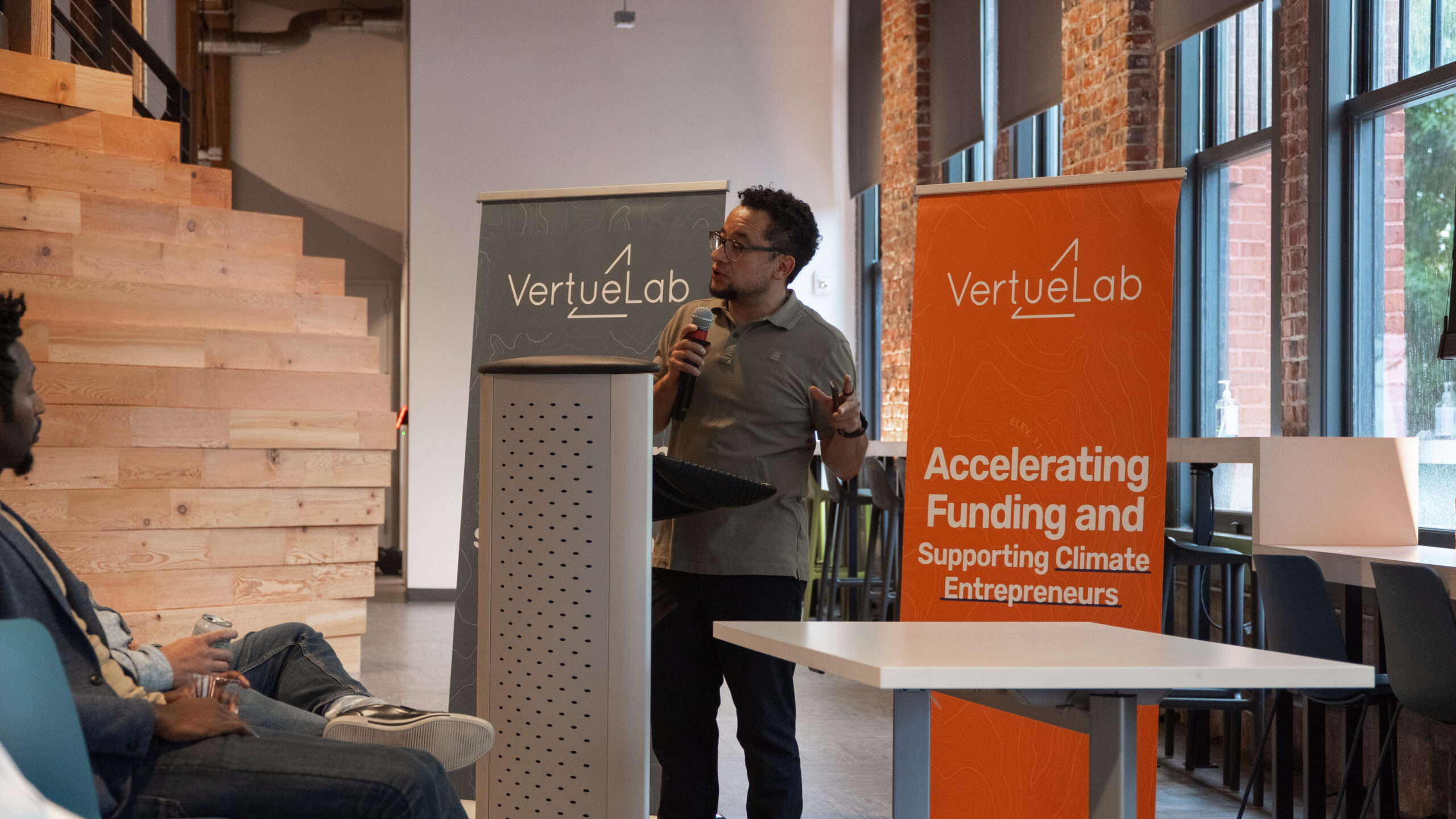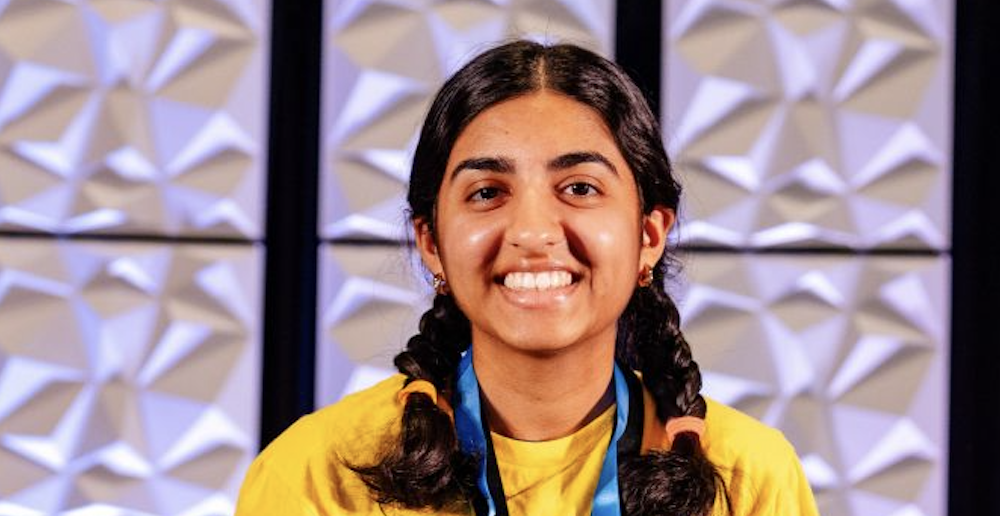Samvith Mahadevan
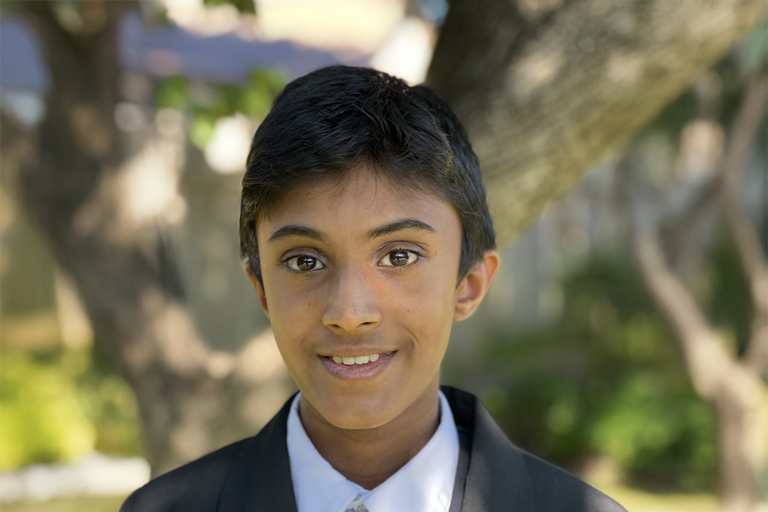
What can we learn from ants when it comes to detecting food allergens? Well, if ants’ antennae can pick up the chemical compounds emitted by food, couldn’t we train an electronic device to detect specific allergens?
This realization spurred Samvith Mahadevan, a seventh-grader from Austin, Texas, to develop an artificial “nose” to help people identify potentially dangerous ingredients in their meals. Inspired by ants’ keen sense of smell, he was motivated to solve a problem affecting a large portion of the population, with an estimated 8% of children in the U.S. experiencing food allergies.
It was also an issue that affected him personally — he has an allergy to certain nuts. He observed that there was a lack of practical allergen sensors on the market. In addition to being expensive, most models have low accuracy, can only detect a few different types of allergens, and are not able to provide rapid results.
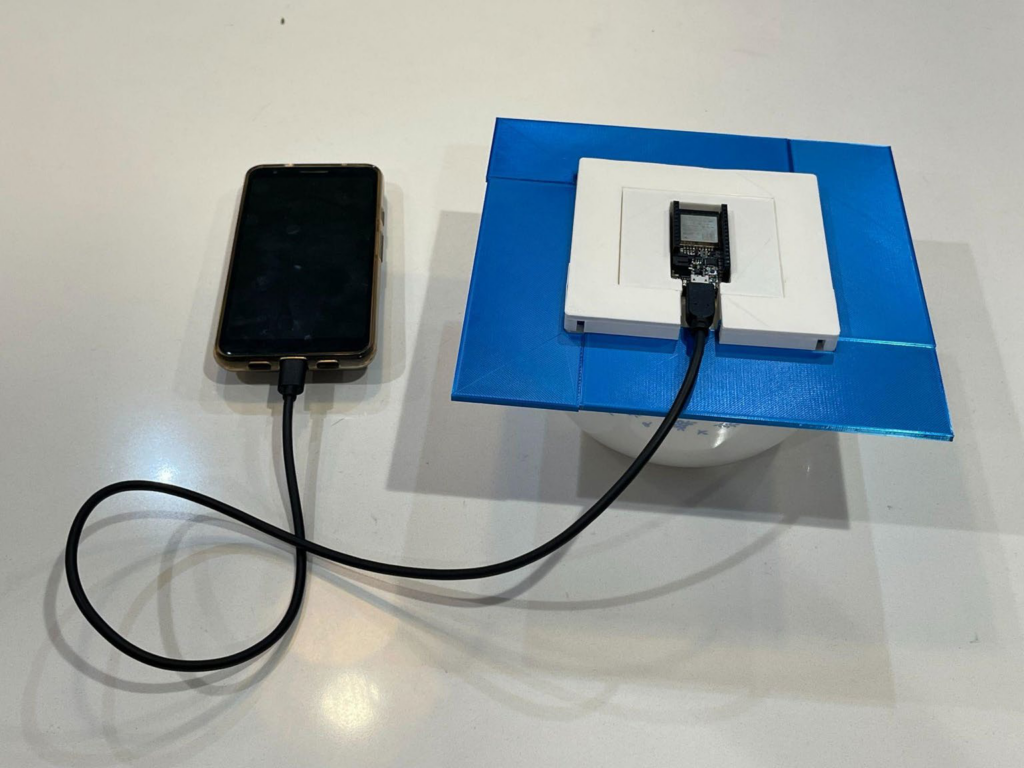
For his local science fair, he adapted a volatile organic compound (VOC) sensor that could detect up to six ingredients, from eggs to different types of nuts. Using machine learning, he trained his VOC sensor with more than 2,000 test runs on real food products, and was able to identify allergens consistently within minutes — and with a 90%-plus accuratcy rate.
His invention made him a finalist for the 2024 Thermo Fisher Scientific Junior Innovators Challenge (Thermo Fisher JIC), the nation’s premier middle school STEM competition run by the Society for Science, and also won the Lemelson Foundation Award for Invention. Mahadevan hopes to become a biomedical engineer, and eventually train his device to detect other potential allergens like gluten, dairy and soy, and develop a market-deployable product that helps sensitive populations avoid the dangerous effects of food allergies.




